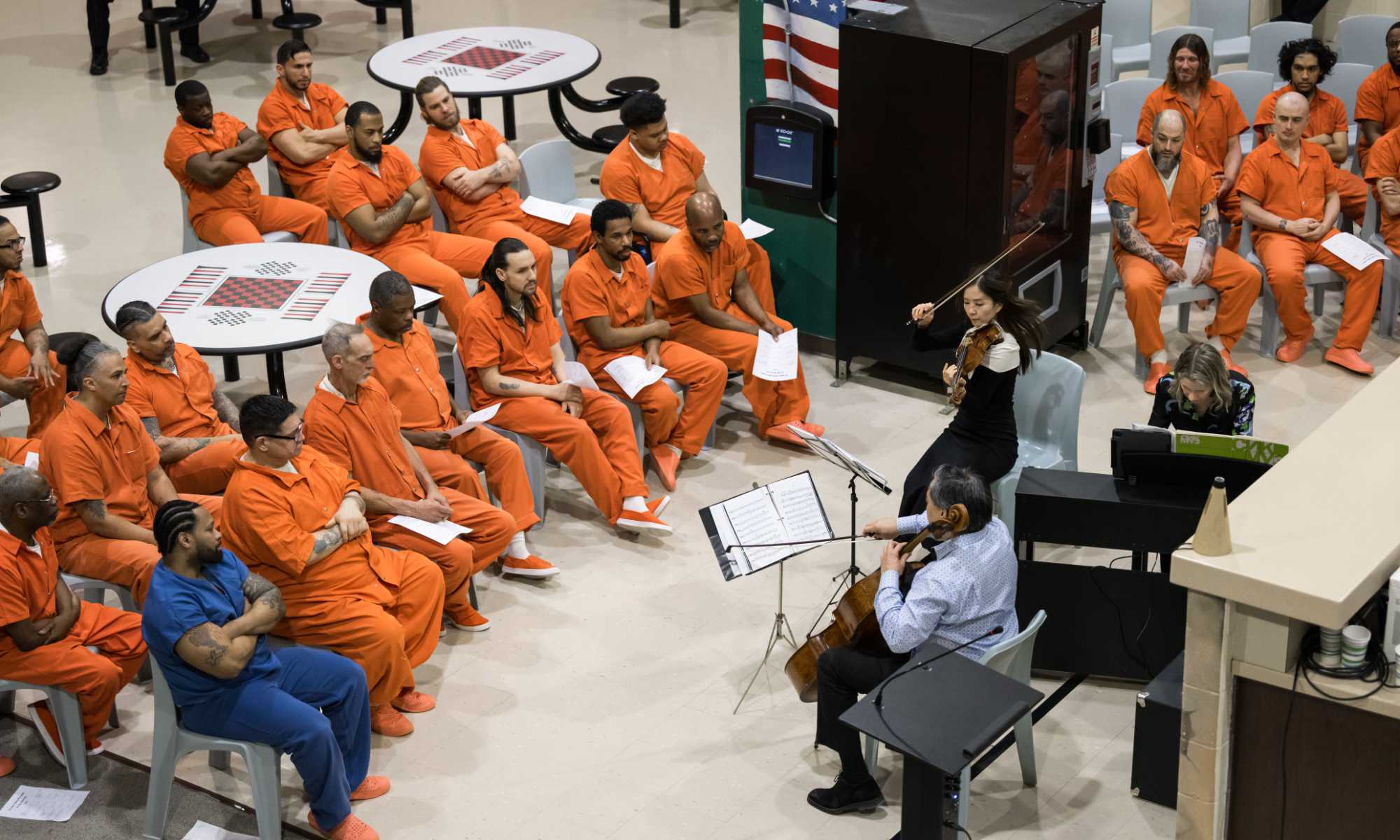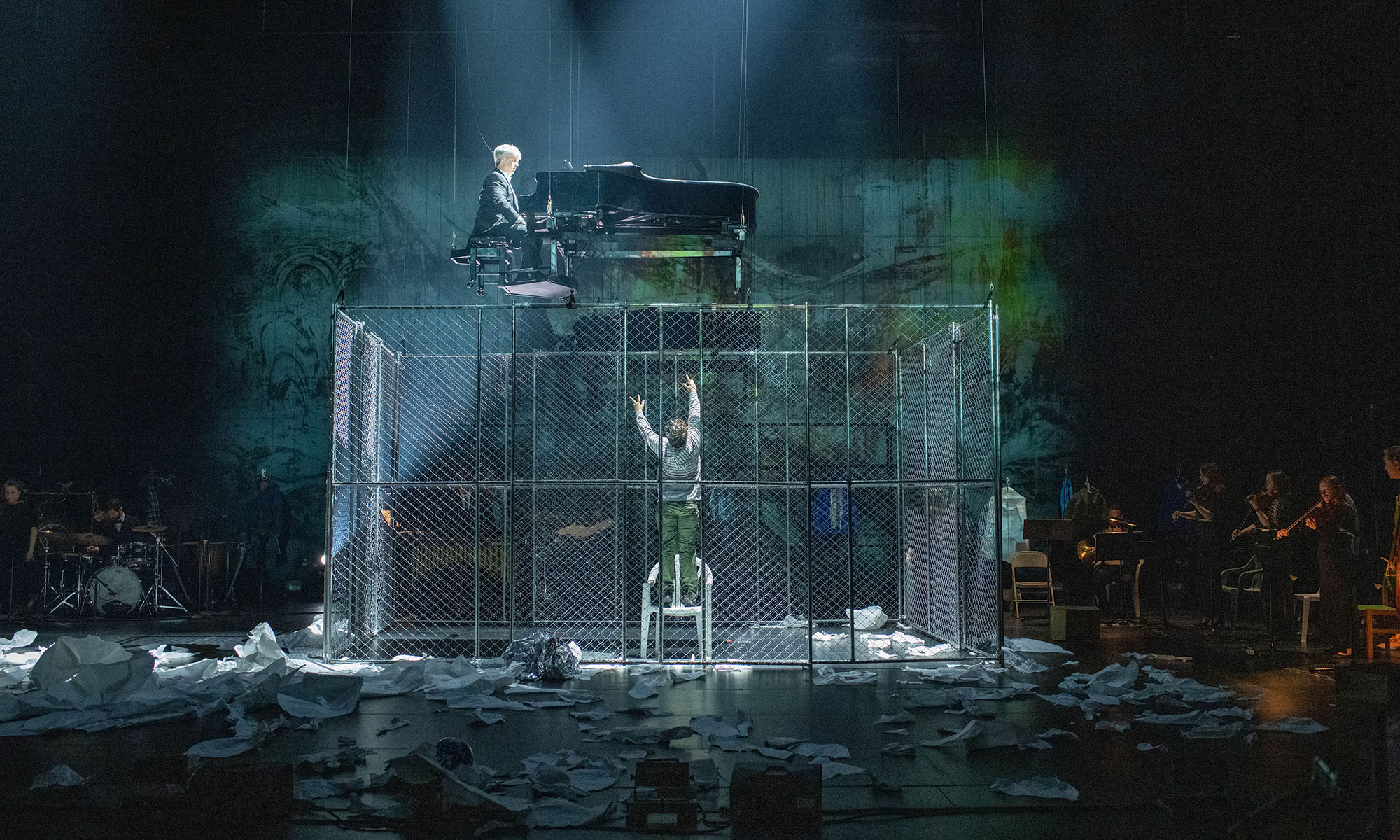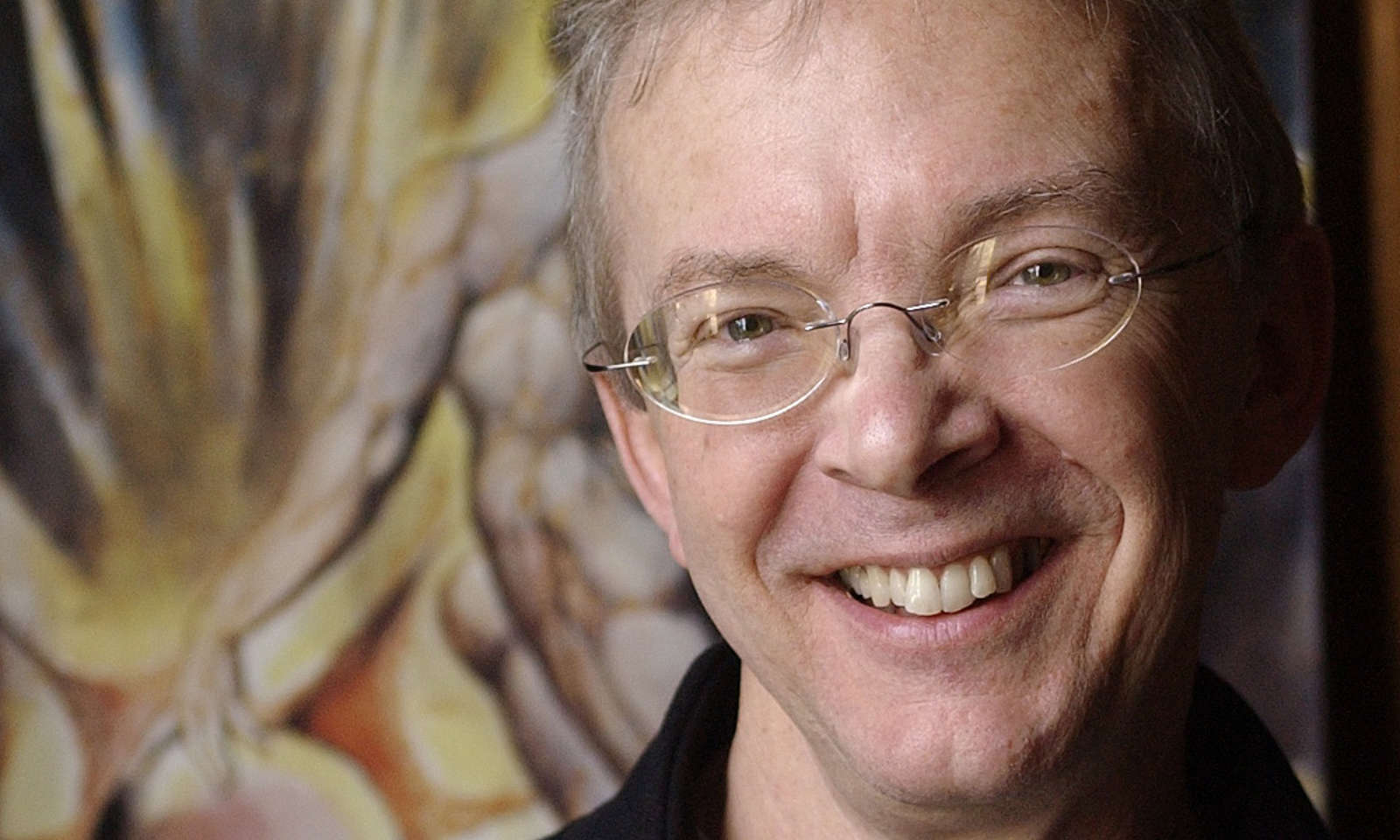1. He lived twice as long as most people did in the Renaissance.
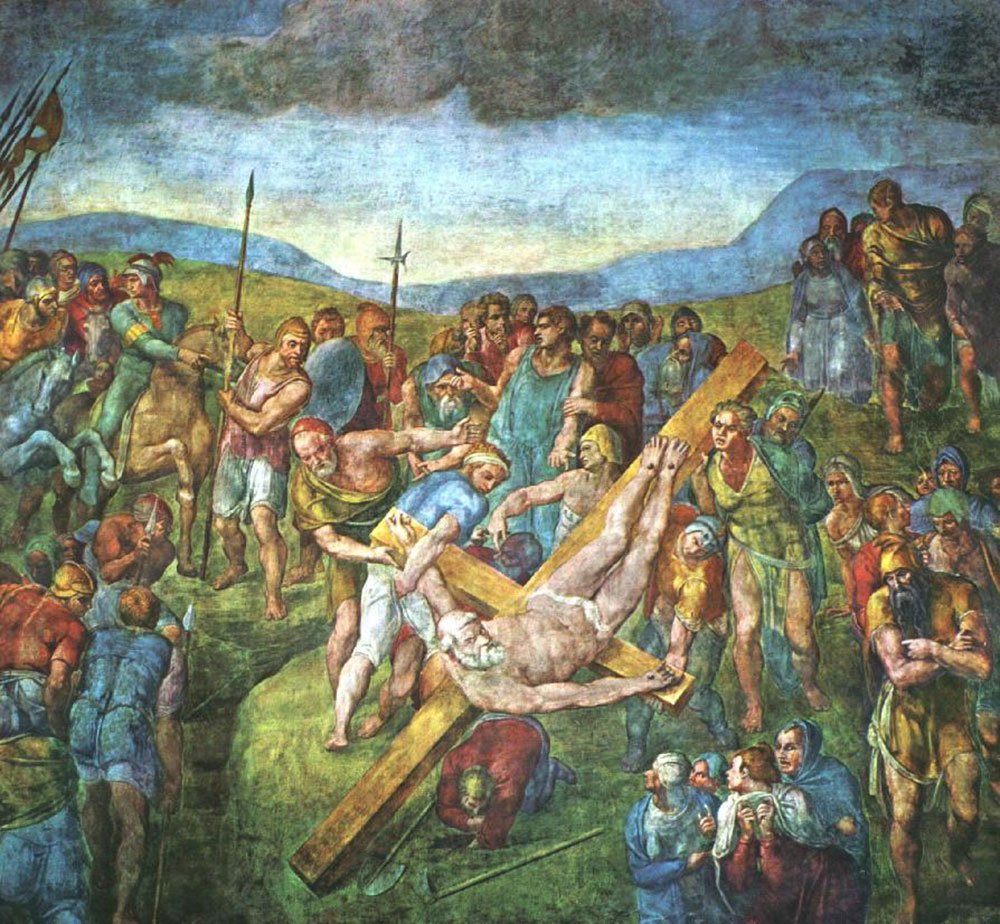
Life expectancy in the Renaissance was between 35 and 40. Michelangelo lived 50 years beyond that.
2. He was as busy and successful in his 70s and 80s as at any time of his life.

(CC BY-SA 4.0 photo / Wikimedia Commons user Alvesgaspar)
Michelangelo became the official architect to the Papacy, taking over the building of St. Peter’s Basilica when he was 71 and new to architecture. It was only one of six major architectural projects he carried out in his last two decades. “He was helping to transform Rome into the city we know today,” says renowed Michelangelo expert and biographer William Wallace.
3. He was a skilled and savvy businessman.
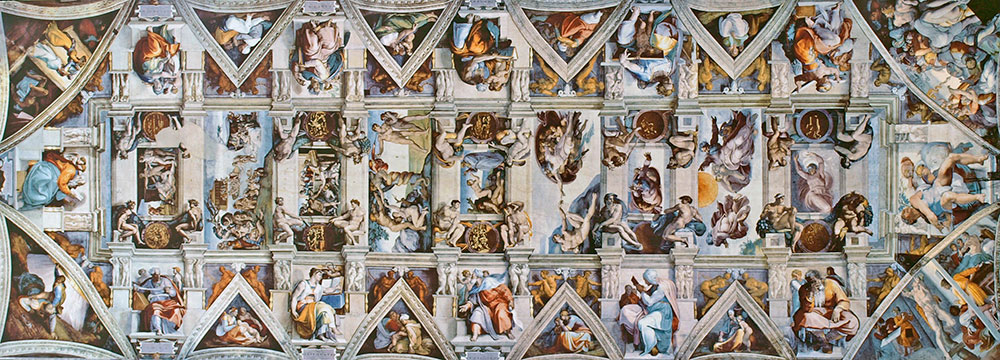
Widely seen as an isolated genius—thanks in part to Irving Stone’s 1961 novel The Agony and the Ecstasy and the 1965 movie adaptation starring Charlton Heston—Michelangelo actually worked in constant collaboration, overseeing hundreds of people. Wallace’s first book, Michelangelo at San Lorenzo (Cambridge University Press, 1994) is subtitled The Genius as Entrepreneur.
4. He left a vast paper trail involving the most powerful people of his day.
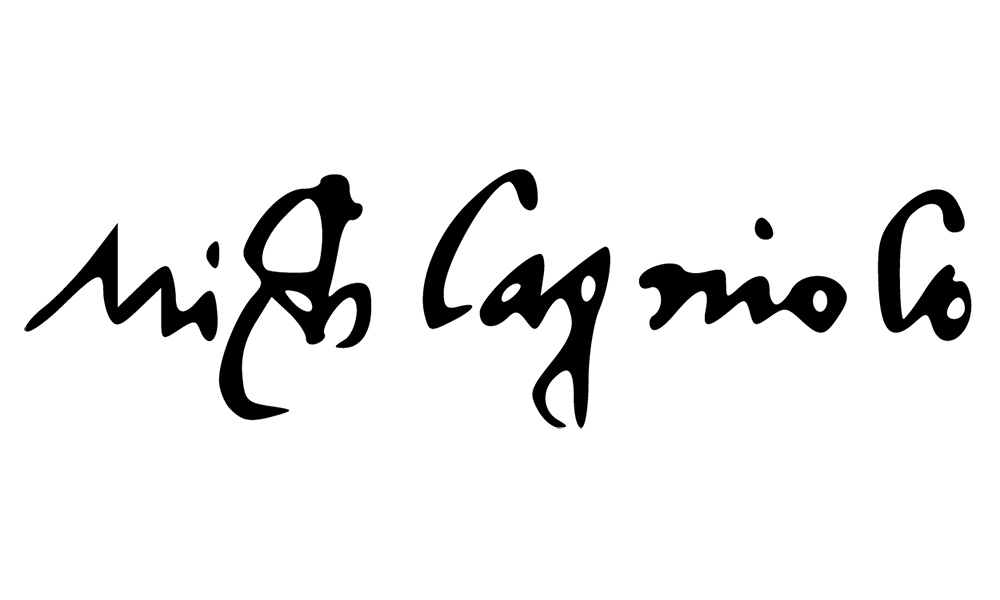
“We know more about Michelangelo than probably any artist before the 18th or 19th centuries,” says Wallace. There are more than 1,400 letters to and from him, some 900 of which have never been published in English. And about 1,100 people are named in the letters. “He kind of knew everybody”—and because he lived almost 90 years, his correspondence is a “cross-section of the entire 16th century.”
5. He was very funny.
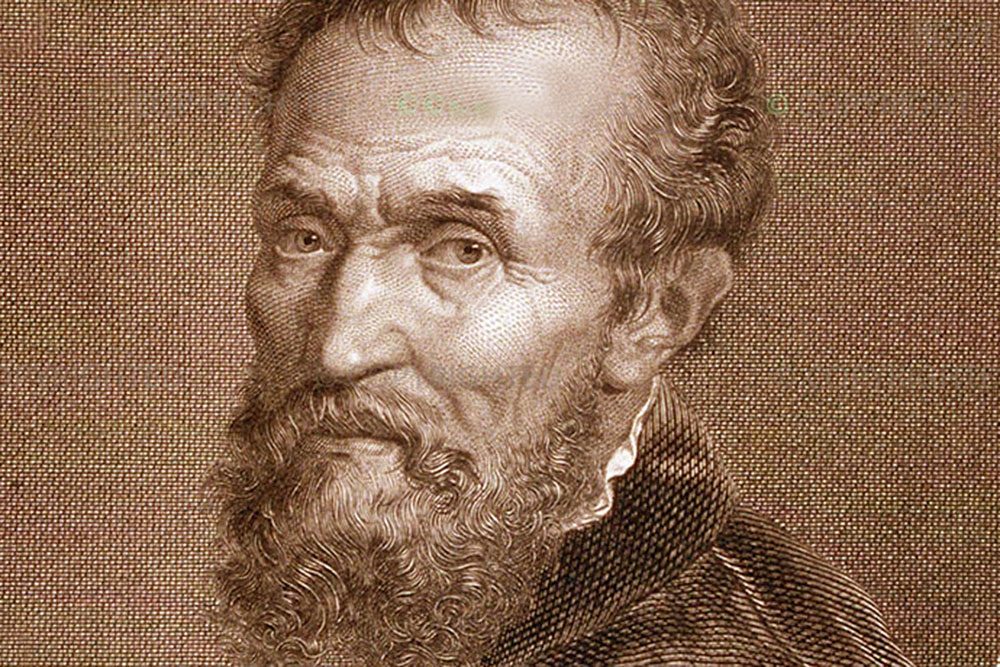
“You never think of Michelangelo laughing. But he had a wonderful sense of humor,” Wallace says. “He liked to laugh. Records show him becoming friendly with a large number of people largely because he just liked to hang out with them.”

